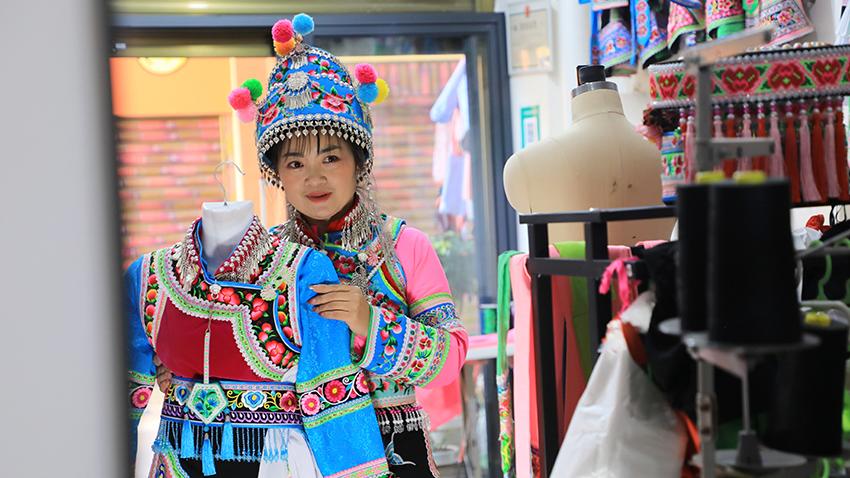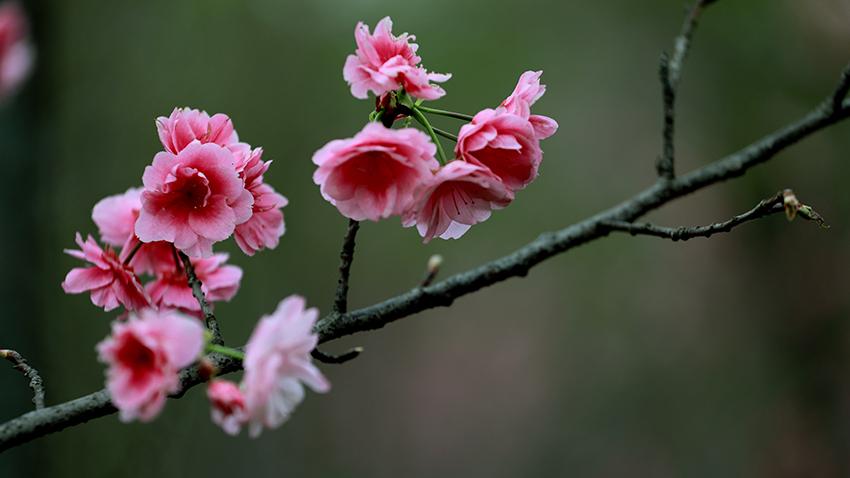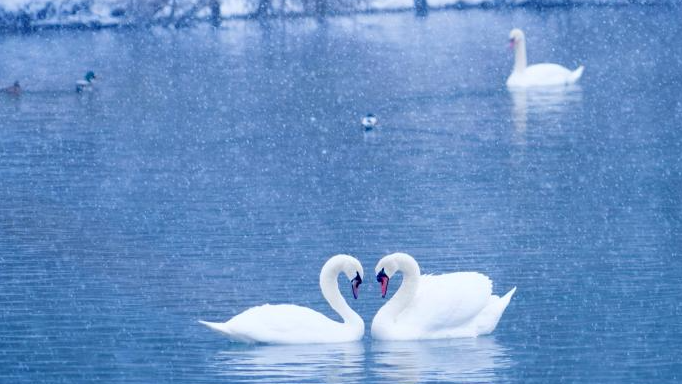Chinese museums open wider to the public
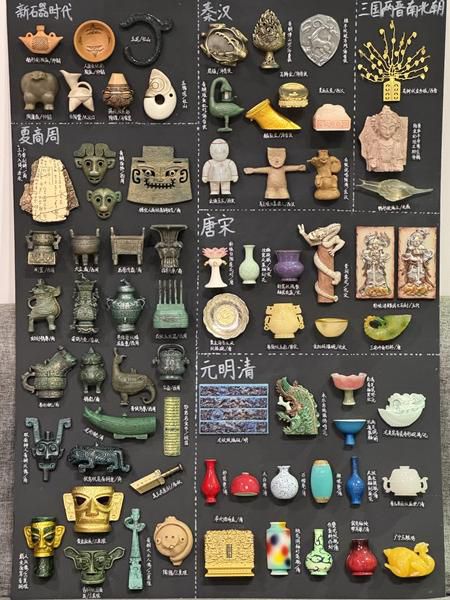
Photo shows fridge magnets from museums across the country collected by a programmer from Fuzhou, southeast China's Fujian Province. They are arranged in chronological order by dynasty. (Photo courtesy of the interviewee)
In 2024, Chinese museums were busy. During the National Day holiday in early October, museums across China welcomed 74.88 million tourist visits. On Nov. 28, the National Museum of China announced that out of the 6,309,187 visits recorded by the museum, 62.09 percent were young people under the age of 35.
Young people are enthusiastically exploring artifacts, sharing guides on museum reservations, buying creative cultural products, and posting their museum experiences on social media. They admire the exquisite, intricate, and awe-inspiring nature of the artifacts, and are busy planning their museum trips for the next year.
China has 6,833 museums, showcasing slices of civilization spanning thousands of years at archaeological sites, venues, and even in traditional courtyards.
Museums have extended their opening hours and exhibition spaces, with many museums opening their doors at night to cater to enthusiastic visitors. Some museums even generously open their artifact storage rooms, where staff members share stories about the artifacts with visitors.
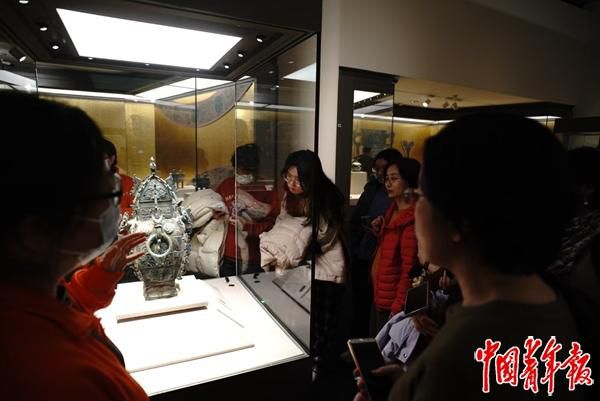
People admire an artifact during an exhibition showcasing bronzewares from Marquis of E in the Early Western Zhou Dynasty (1046-771 BC) at the Tsinghua University Art Museum. (China Youth Daily/Wei Xi)
Wu Di, office director at the Hunan Museum in Changsha, central China's Hunan Province, said that in 2023, the museum began to extend opening hours during the summer vacation, the National Day holiday, and the Mid-Autumn Festival holiday. In early 2024, the museum formulated a long-term plan for extended opening hours during peak seasons and major holidays, aiming to attract more visitors to the museum, and stimulate the nighttime economy and consumption.
According to Wu, the museum extended its opening hours for 81 days from January to October 2024, welcoming over 300,000 visits during the extended period. The majority of visitors were aged between 18 and 30.
Some museums have found innovative ways to host nighttime events. For instance, in July 2024, the 2024 World Lighting Designer Forum opened at the Beijing Ancient Architecture Museum, located at the Temple of Agriculture in Beijing. The temple was illuminated with captivating light displays.
Some museums have opened their storage rooms to the public. The Chongqing Natural History Museum in southwest China's Chongqing Municipality unveiled a 340-square-meter storage area, allowing visitors to view over 1,200 specimens up close.
The Changsha Museum in Changsha welcomed a group of high school seniors, showcasing the processes of artifact registration, photography, packing, and technological restoration of artifacts.
Seeing artifacts in person has sparked creativity among many young people. Some transform themselves into "living artifacts," adorning their faces with blue-and-white porcelain patterns. Others playfully stick a fridge magnet inspired by the Ming Dynasty (1368-1644) Empress Xiaoduan's phoenix crown on various objects such as a creative cultural product inspired by the bronze mask unearthed from the legendary Sanxingdui Ruins site in southwest China's Sichuan Province, ceramic cups, and cartoon pandas.
A 28-year-old programmer from Fuzhou, southeast China's Fujian Province, spent thousands of yuan collecting fridge magnets from museums across the country, arranging them in chronological order by dynasty.
"I lay on the ground arranging them, adjusting them back and forth several times. It took me a month to complete the display board," explained the programmer.
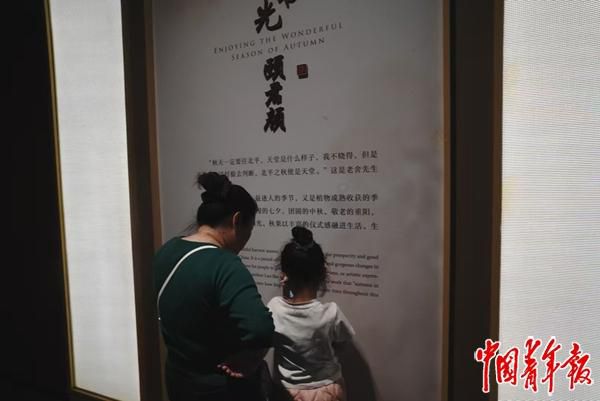
A mother and her daughter watch an exhibit during an exhibition on folk customs of Beijing at the Capital Museum in Beijing. (China Youth Daily/Wei Xi)
Nowadays, more and more young people are becoming interested in museums. Du Pengfei, deputy executive director of the Tsinghua University Art Museum, mentioned that out of the approximately 700,000 visitors received by the museum annually, around 400,000 are primary and middle school students, and teenagers. Students of all ages, from kindergarten children to graduate students, visit the museum to learn.
Some universities have established their own museums based on their teaching characteristics. For instance, an alumna donated various tax receipts dating back to the Ming Dynasty (1384-1644) to Jiangxi University of Finance and Economics. With these precious tax receipts, the university established the Chinese Tax Receipt Museum, where many classes conduct practical learning activities.
The Jiangxi Institute of Fashion Technology has been working on establishing a fashion museum since 2008. Sun Chengfei, deputy curator of the museum, recalled that at that time, the chairman of the board of trustees of the university, who came from a tailoring background, emphasized the importance of cultivating applied talents.
Therefore, the teachers traveled to many provinces to purchase clothing. They collected costumes from 56 ethnic groups, amassing over 10,000 pieces of clothing. During their teaching sessions, the teachers would take out the pieces of clothing and place them in front of the students, allowing them to get a close up look. Some of the precious pieces of clothing were even available for hands-on exploration.
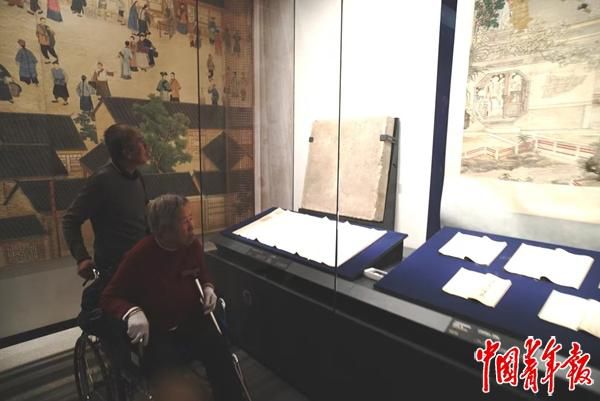
An elderly couple visits an exhibition at the Capital Museum. (China Youth Daily/Wei Xi)
According to Chen Jianming, former curator of the Hunan Museum, museums can provide students with a new perspective that cannot be found in textbooks, sparking their interest.
He recalled that 20 years ago, a school from a remote mountainous area in Hunan organized a trip for students to visit the Hunan Museum. The students brought their own food and slept on the bus overnight, arriving at the museum the next morning and returning in the afternoon.
"Many students had never visited even the county seat. I decided to take them to the museum in the capital city of Hunan to expand their horizons and expose them to the world beyond the mountains," said the school principal.
"Museums are just a window into something bigger," Du said, using artist Wu Guanzhong as an example. Wu once visited the Hangzhou Art Institute and, seeing students sketching and painting watercolors in class, fell in love with art and switched from studying mechanical engineering to studying fine arts.
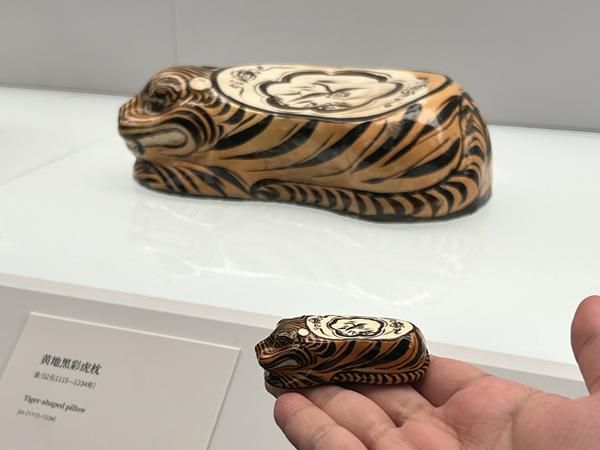
A museum goer shows a replica in front of an artifact at a museum. (Photo courtesy of the interviewee)
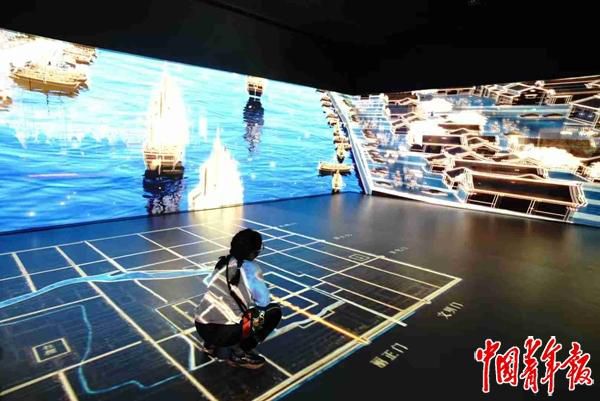
A visitor watches a video about Beijing's history at the Capital Museum in Beijing. (China Youth Daily/Wei Xi)
Photos
Related Stories
- Exhibition on Hetian jade culture held at Palace Museum in Beijing
- Museum exhibitions see growing fan base in China
- Global museum conference in Shanghai explores new realms of collaboration
- National Museum of China records over 6.3 million visits as of November 28 in 2024
- Cultural and creative product industry prospers in China
- Silk textiles from Russian Museum of Ethnography showcased in Wuhan
- Museums' creative cultural products gain popularity in China
- New site of Natural History Museum of China to open in 2029
- Site museum showcasing Chinese civilization 4,000 years ago opens
- Museum's phoenix crown fridge magnet becomes unexpected cultural sensation
Copyright © 2025 People's Daily Online. All Rights Reserved.






